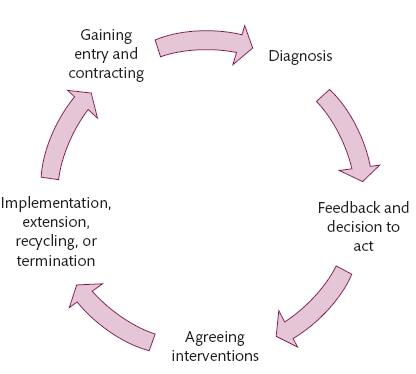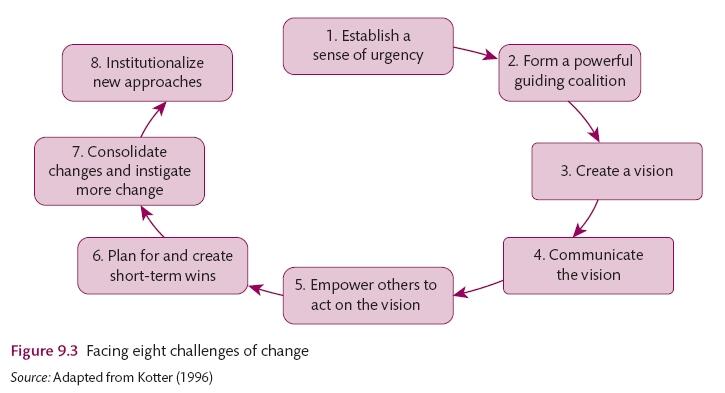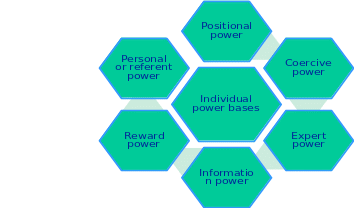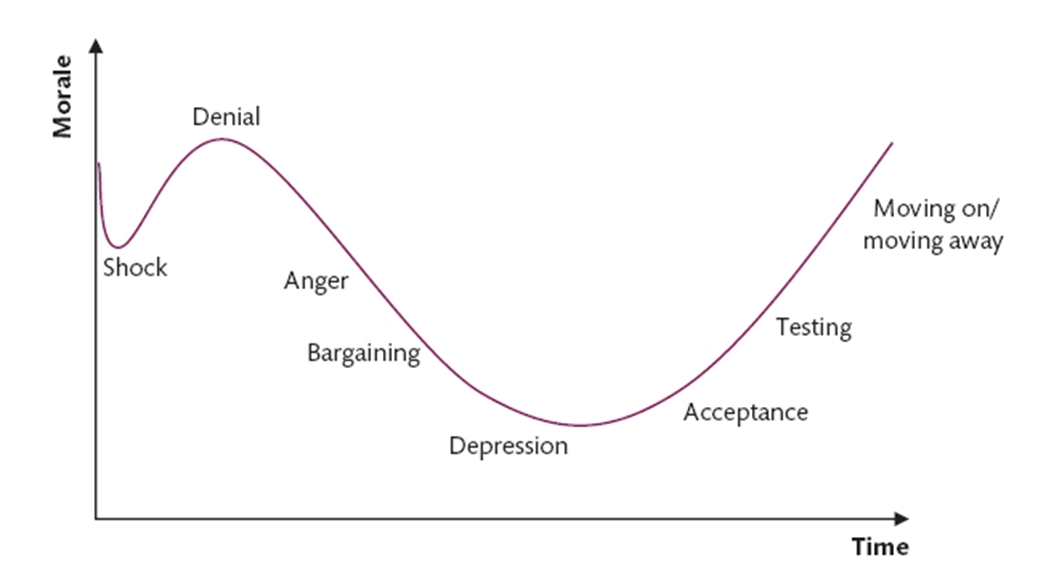Introduction
The Abu Dhabi Department of Education and Knowledge, often known as ADEK, is the Abu Dhabi’s educational authority. Sheikh Khalifa bin Zayed al Nahyan, the president of the United Arab Emirates, established ADEK in 2005 with the primary goal of administration and management of public schools in the emirate (Goksoy, 2016). It also licenses and supervises private schools in the country to ensure that they offer the right standards of education in the region.
The institution is currently chaired by Sheikh Mohammed bin Zayed Al Nahyan, who is also the country’s crown prince. ADEK has been keen on ensuring that the country’s standards of education matches global best practices set by countries in Europe, North America, East Asia, and other parts of the world (Jabri, 2017). As such, the management has been keen on taking its employees through regular training to equip them with new skills. The human resource (HR) department of ADEK has regular training programs that new employees have to go through before they can be trusted with new tasks. The goal of such trainings is to ensure that they gain practical skills needed in their various fields.
The HR department of ADEK has been using unstructured On-the-Job Training (OJT) as a way of improving the competency of their new employees. However, the management of the HR department realized that the trend is changing and structured OJT is becoming more popular because of its effectiveness. As such, the institution made the decision to transition from unstructured to structured OJT to improve efficiency, cut costs, and ensure that the intended training goals are achieved within the shortest period possible. According to Kotter (2014), when introducing change in an organization, it is critical to deal with various challenges such as resistance to new practices.
The purpose of this paper is to demonstrate the process of change within this organization from one training model to another. The paper discussed challenges of such processes, ways of overcoming such challenges, models that this organization should consider using, and benefits of the model.
Problem Definition and Change Identification
The Abu Dhabi Department of Education and Knowledge has been keen on enhancing the capacity of its employees to undertake various activities. Traditionally, the HR Department had been using unstructured on-the-job training. Pamel (2013) defines unstructured OJT “a loose training program, which involves a new employee working with an experienced employee or supervisor who serves as a mentor in an observe-and-imitate training process,” (para. 3).
In this case, the new employee is expected to learn practical skills by just watching what the experienced colleague is doing. In most of the cases, it does not involve question and answer session. It is mainly based on observation (Jabri, 2017). It had been considered effective in imparting practical skills on new recruits in the firm. However, new studies have strongly indicated that unstructured OJT is not very effective in improving skills of new recruits. It lacks a clear pattern on how such recruits should gain knowledge systematically.
The fact that question-and-answer sessions are rare means that it may take longer hence more expensive to train the recruits. Campbell (2014) argues that cases of sabotage may be common when using unstructured OJT. Experienced employees may deliberately mislead the newcomers because of the desire to avoid passing their experience to them. They may feel that sharing their experience may make them less valuable to the firm hence vulnerable.
The management realized that indeed it was taking long for its new employees to master practical skills needed to undertake various responsibilities. Some of the errors that some of these employees were making would be costly to the firm, making it difficult for the management to trust them with critical tasks without the supervision of experienced workers. The ADEK’s HR department realized that the system had to be changed.
Structured OJT was considered the most effective method of imparting practical skills on newly recruited employees. Pamel (2013) defines structured OJT “a program designed to teach new employees what they need to know in order to successfully complete a task,” (para. 4). The main difference between the structured and unstructured OJT is in the mode of delivery. While unstructured OJT expects employees to learn through what they observe at workplace, structured OJT is a learning program that is conducted by a well-trained person. The trainer works with the new recruits, explaining what should be done at a specific time and why it should be done in that manner. In OJT, the trainer uses an educational guide that helps to define skills that should be gained within a specific period (Goksoy, 2016).
Trainees are encouraged to ask questions whenever they feel an issue remains unclear to them. Kotter (2014) explains that this structured training takes less time, is less costly, and reduces numerous errors committed when employees undertake their normal duties. It is a more efficient way of training recruited employees that the unstructured model. Many large global corporations are replacing the unstructured OJT with the structured model because of the benefits of the latter. As such, the management of this institution knew that the best way of overcoming challenges faced when using the traditional model could only be overcome by introducing the new model.
The unstructured OJT had become a standard practice at ADEK’s HR department. The management did not have to hire experts to help in training of its employees. Instead, experienced workers were expected to work alongside their colleagues with limited skills. Introducing the new model was a problem that the management had to find a way of addressing. As Campbell (2014) explains, the process of change in an organization is often characterized by many challenges.
Many stakeholders may try to resist change because of different reasons. The management may resist change if it involves introducing new expenses in the organization that were not budgeted for in a given financial year. Such major changes made in an organization often require restructuring various systems within the firm. Some employees may resist change for the fear that such new systems and structures may render their services irrelevant in the organization. Shareholders of a company may be concerned about the profitability of the new system and its impact on the overall value of the company. When transitioning from the unstructured OJT to structured OJT, the top management unit of ADEK had to find ways of addressing these concerns to ensure that the change was a success.
Applying Theories and Theoretical Concepts
The process of change is often characterized by many challenges. Jabri (2017) explains that when a firm is not ready to deal with such challenges, it is easy for it to fail to achieve the set goals, especially when key stakeholders are not willing to support it. ADEK’s HR Department has made the decision to replace the unstructured OJT with the structured model because of the numerous challenges of the old system. In this section, the researcher focused on discussing various theories and theoretical concepts that the HR Department of this organization can use to address the identified issues and enhance success.
Pasmore (2015) believes that one of the best ways of overcoming the challenge of resistance to change is by creating consultative forums before introducing change. The strategy helps in ensuring that everyone understands why a new system is necessary and prepares adequately for it without the fear of being affected negatively. The organizational development consulting cycle is one of the theoretical concepts that this firm should use to engage different stakeholders to prepare them for the new system. The stages involved are shown in the figure below:

The first step is diagnosis. The management of ADEK should conduct an assessment to determine the effectiveness of the current system, identify major weaknesses that exist and the manner in which they can be addressed. The diagnosis already revealed that unstructured OJT is time consuming, involves making costly mistakes, and is less efficient. The next step is the feedback and decision to act. The report given by those who conducted the diagnosis should include the right decision that the management should take. The team had explained that the right decision that the organization should take is to introduce the structured OJT. The third step is agreeing on the intention plan.
The model requires the management to consult all stakeholders, explain to them the outcome of the diagnosis and the decision to act. They need to understand why a specific decision should be taken to address an identified problem. When consensus is achieved, the next step is the implementation of the plan. Introducing the new training model would require the firm to hire trainers who will be specifically responsible for equipping the newly recruited employees with practical skills. Employees, the management, and shareholders of the firm should embrace the new practice. The final stage is gaining entry and contracting, which involves making the new practice part of the organization’s culture.
Kotter’s model of facing challenges of change would also be critical for this firm in ensuring that it achieves success when introducing the new concept. The model identifies 8steps that the management should take when introducing a new system. The first step is to establish a sense of urgency. The management should make employees and other relevant stakeholders realize that there is an urgent need to address the current weaknesses in an organization.
The team should then form a powerful guiding coalition. Individuals working in different units within ADEK’s HR Department should come together and find a common way of replacing the old model with the new one. They should create a vision that would guide the process of introducing change within the organization. Jabri (2017) argues that having a shared vision in an organization is critical when introducing change. It helps to explain what the firm seeks to achieve when replacing unstructured OJT with the new model. The fourth step is to communicate the vision. The team should ensure that everyone understands its relevance and the manner in which it will be implemented.
The model requires the management to empower everyone to act on the vision. Instead of coercing workers to embrace the new system, the management should consider equipping them with skills that would enable them work effectively under the new system. Planning for and creating short-term wins is critical when using this model. Instead of the long-term goals often assessed by the end of a financial year, the management should introduce a new system where gains made can be assessed on a monthly basis or after every two weeks. Consolidating changes and instigating more changes is the next step.
The gains made should form a basis upon which greater success would be achieved. The progressive development helps to avoid disruptive sudden changes within the organization. The last phase is to institutionalize new approaches. The new practices should become standard practice within the firm, and should be embraced by both the management and employees. Figure 2 below identifies the 8 steps that the management of ADEK should consider following when introducing the new practices.

When introducing change in an organization, it is not guaranteed that everyone would support it. Sometimes the level of acceptance of a new system depends on the power of the person enforcing it. The management of ADEK should understand that sometimes people embrace change primary because of the level of authority of the person behind it. Individual power bases model, shown in figure 3 below, identifies six bases of power upon which managers can enforce the new practice.
The positional power is derived from the formal position an individual holds within the firm (Jabri, 2017). As such, when introducing such an important practice, ADEK should ensure that the top management unit supports it. The head of the HR unit is in the best position to spearhead this change by virtue of his position within the firm. Personal or referent power refers to the influence that an individual has over the masses because people like them (Campbell, 2014). Union leaders and influential employees should be convinced to support the new training model because of their capacity to convince the masses to take a give course.
The coercive may not be the best approach, but sometimes it is necessary when introducing a new system that is less popular. According to Kotter (2014), it involves the use of authoritarian power to force people to act in a given manner. Coercive power may be needed when a section of those within the HR Department are being unreasonable with their demands. Expert power is another drive that may help the team when introducing the new system.
The fact that someone has adequate knowledge over an issue earns them respect, which they can use to influence people to behave in a given way. The management of ADEK should involve a team of experts when introducing the new training model to ensure other stakeholders that the organization is focused on improving efficiency and effectiveness in its operations. Information power is another important base that should be considered. Making relevant data accessible to everyone would convince them that the new move is relevant. The reward power is the final factor that the management should consider. Employees who demonstrate excellence under the system should be rewarded for their effort.

Discussion
The government of Abu Dhabi, through ADEK, has been keen on improving the quality of education in the emirate to meet those of international standards. The department has introduced various ways of empowering teachers and other stakeholders to ensure that the desired quality if achieved. The department itself has programs meant to improve practical skills of its employees. The decision of the management to move from unstructured OJT to structured OJT is an indication of the firm’s commitment to improve the quality of products it delivers.
The analysis above has identified different models that the management can use in the change process. The theoretical concepts explain ways in which this firm can introduce the new practice without facing resistance from the relevant stakeholders. Resistance to change may have a serious negative impact on the firm. Campbell (2014) explains that using appropriate change management models does not mean that the change process would not encounter any resistance.
The change wave model, shown in figure 4 below, helps to define how to deal with issues that may arise when transiting from the unstructured to structured on-the-job-training model based on the morale of the employees as time passes. The first reaction is often the shock when employees realize that systems will change. The shock leads to a sharp drop in their morale. They will then go through denial, hoping that traditional systems would be restored. The short period of denial leads to an increase in morale. When they realize that the new systems are there to stay, anger sets in, before they enter the phase of negotiation with authorities to restore the traditional system. At the bottom of the curve is the depression, when they realize that their effort to resist change would not yield fruits.
The morale of employees is often at its lowest at this stage (Jabri, 2017). They will then go through the phase of acceptance and testing the new system to determine how they can work effectively in their respective duties. The morale will increase at these phases. The final phase is moving on or away. Those who will be willing to embrace change will accept the new system and consider improving their productivity under the new system. Those who are too rigid to embrace change will be forced to consider quitting the organization. The HR Department should not fear losing a few employees who are too rigid to embrace change if the new system would have the desirable impact on the organization.

Conclusion
The Abu Dhabi Department of Education and Knowledge has remained committed to ensuring that educational standards in the emirate remain at the highest level possible. As such, it has made an effort to ensure that its employees are skilled enough to undertake various educational responsibilities. Recently, it announced that it was changing its new employee training program from unstructured OJT to structured OJT. Studies have identified several benefits of structured OJT such as reduction of cost and time of training, increased efficiency, and the ability to pass specific skills to new employees in a given format. However, the management should be ready to deal with various challenges, especially resistance to change. The paper has identified various models that can be used to address challenges that may arise during the implementation process.
References
Campbell, H. (2014). Managing organizational change. Philadelphia, PA: Kogan Page.
Goksoy, A. (Ed.). (2016). Organizational change management strategies in modern business. Hershey, PA: IGI Global.
Jabri, M. (2017). Managing Organizational Change: Process, Social Construction and Dialogue. London, UK: Palgrave Macmillan.
Kotter, J.P. (2014). Accelerate: Building strategic agility for a faster moving world. Boston, MA: Harvard Business Review Press.
Myers, P., Hulks, S., & Wiggins, L. (2012). Organizational Change. Oxford, UK: Oxford University Press.
Pamel, M.V. (2013). On the job training best practices: Structured v unstructured on-the-job training. Web.
Pasmore, W.A. (2015). Leading continuous change: Navigating churn in the real world. Oakland, CA : Berrett-Koehler Publishers.
